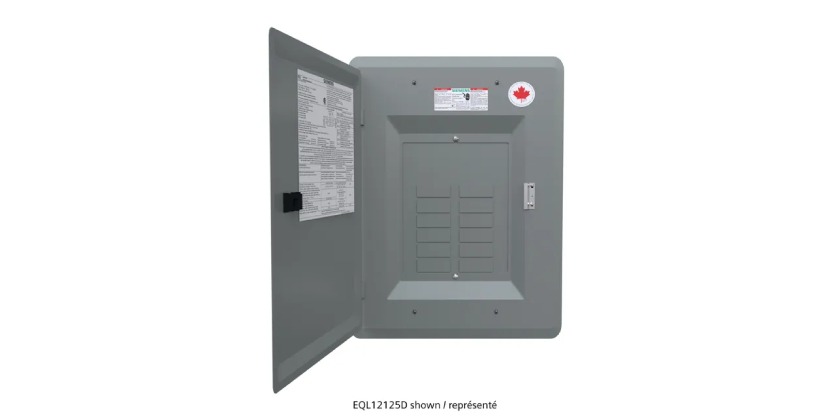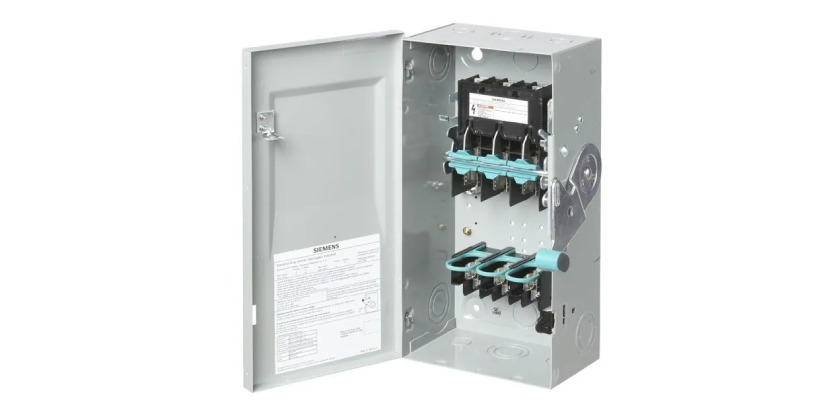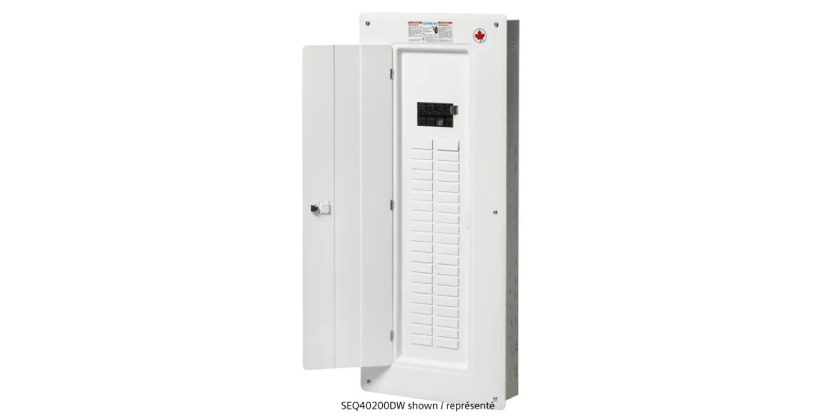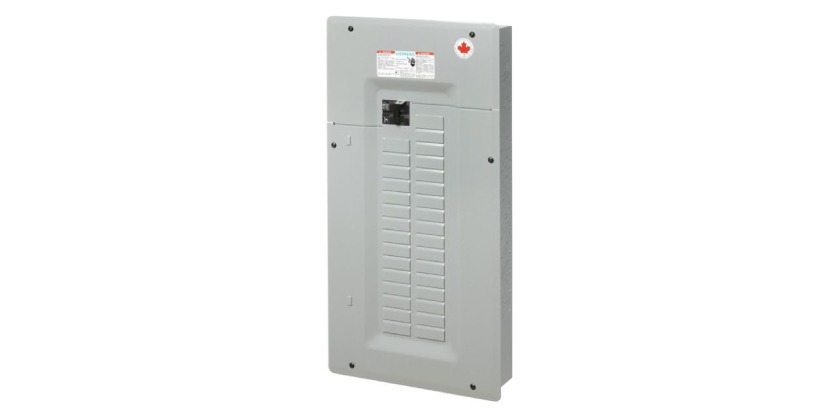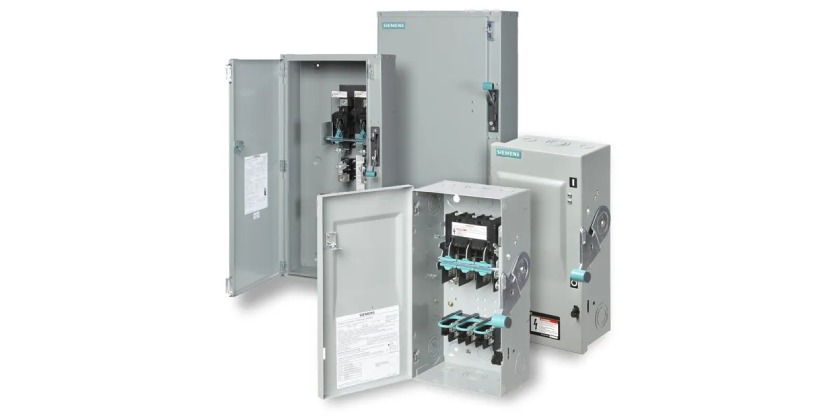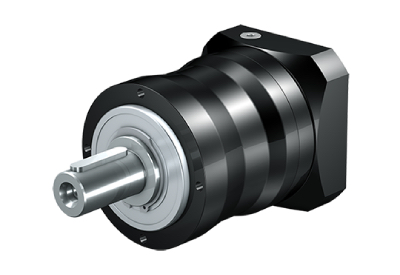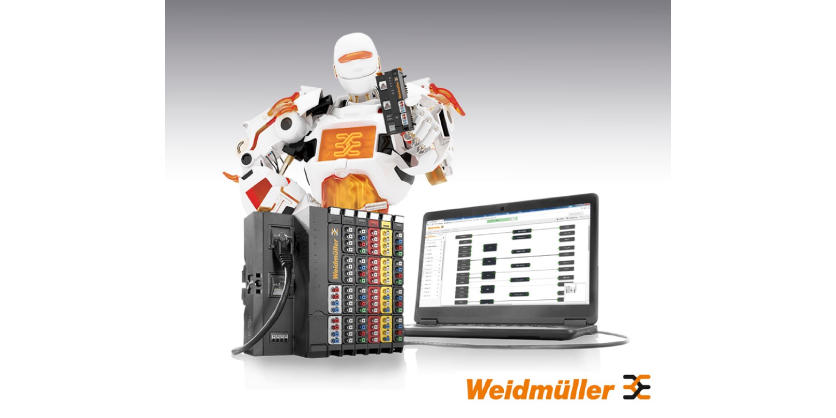Made and Assembled in Canada, for Canada
April 15, 2025
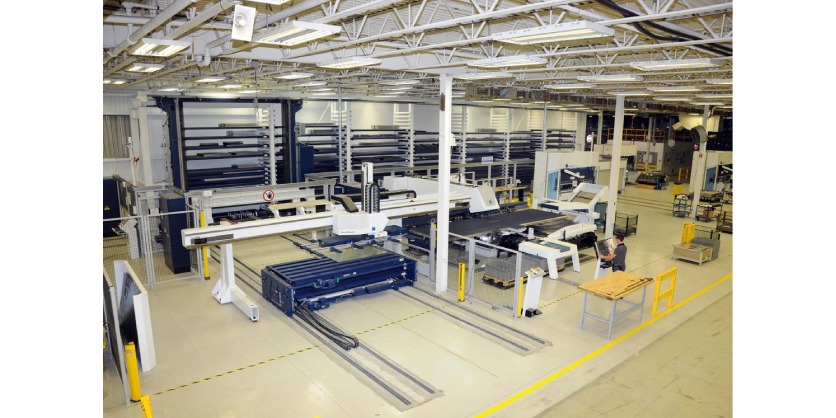
High-quality electrical solutions for a brighter future. Unveil the essence of innovation with Siemens’ electrical products proudly made and assembled in Canada. Each product exemplifies their dedication to empowering industries and communities with sustainable solutions that provide a path towards a more innovative and efficient future.
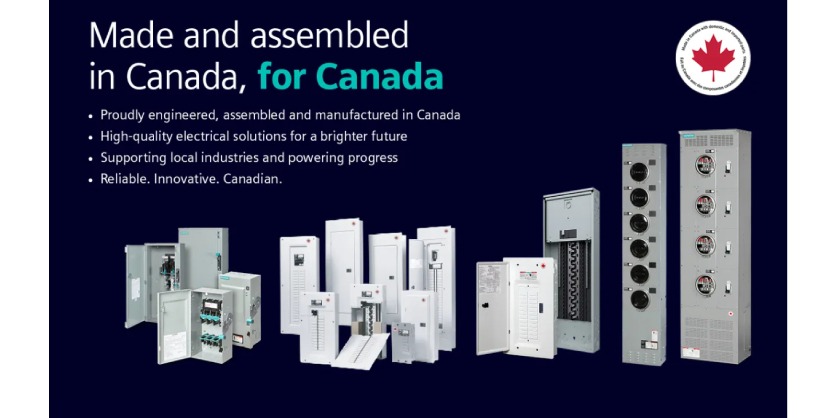
The Drummondville Factory
Siemens Canada is investing approximately $14 million in a multi-phased modernization of its 10,400 square metre manufacturing facility located in Drummondville, Quebec, with the aim to optimize overall efficiency and capacity of the plant and position it for future growth.
Plans for the facility, which has been making electrical products for the Canadian market for more than 50 years, include expanded production of made-to-order product lines in response to market demands. Switchboard production, as an example, will see a 50 per cent volume increase. The modernization project will position the Drummondville factory and its approximately 350 employees for continued success and could result in an increase of up to 15 per cent in jobs by 2027.
Proudly engineered, assembled and manufactured in Canada
Focus on the high standards of engineering and quality that come with Canadian-made products, emphasizing expertise and innovation.
Find Siemens’electrical products and parts made and assembled in Canada for Canada in the download section below.
Products made and assembled in Canada:
- ID safety switches and accessories
- Loadcenters and accessories
- Meter centers and accessories
- P2 panel interiors*
- Panelboard trims*
- Panelboard tubs*
- Panelboards accessories*
- Panelboards*
- Switchboard*
- Power panels and switchboard accessories*
*Assembled in Canada
Take advantage of Siemens’ Made in Canada Initiative
Here you will find important information, documents, and marketing content for Electrical Products Made in Canada program.
More Information
Made and Assembled in Canada, for Canada Brochure
Related Story
Federal Government Partnering with Siemens Canada to Establish New R&D Centre in Oakville, Ontario
The Government of Canada recognizes the critical role batteries and battery components play in the global movement toward a net-zero economy. As the world shifts to electric vehicles and cutting-edge technologies, the demand for batteries is surging, and Canada has a unique opportunity to capitalize on this demand by fostering strategic investments.
On March 20, the Honourable Anita Anand, Minister of Innovation, Science and Industry, reaffirmed the government’s commitment to building Canada’s clean energy future by announcing her support for Siemens Canada’s proposal to establish a Global AI Manufacturing Technologies R&D Centre for Battery Production in Canada. This centre will focus on pioneering research and development aimed at advancing battery efficiency and production methods, ensuring Canada remains competitive in the race to lead the clean energy revolution.
By supporting this initiative, the Government of Canada is positioning the country as a global leader in the battery industry and reinforcing its commitment to building a robust national ecosystem. This project will foster collaboration between academia, industry leaders and researchers to accelerate battery innovations, solidifying Canada’s role as a key player in the green economy.


